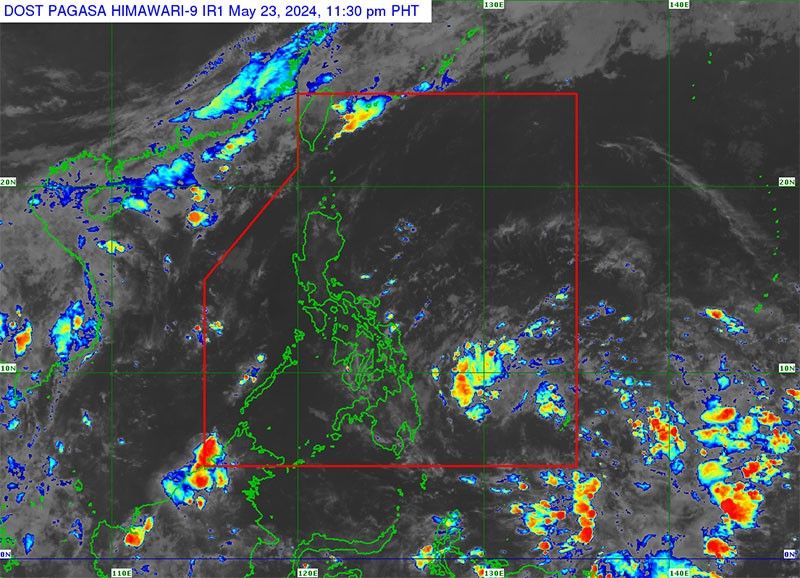First cyclone seen to enter PAR today

MANILA, Philippines — A low-pressure area (LPA) inside the Philippine area of responsibility is forecast to develop into Tropical Depression Aghon today and may bring rains in some parts of the country over the weekend, according to the Philippine Atmospheric, Geophysical and Astronomical Services Administration.
PAGASA said Aghon, the first cyclone of the year, could bring rains over the Bicol region and Eastern Visayas tomorrow. It also did not rule out the hoisting of tropical cyclone wind signals by today.
The LPA was monitored 680 kilometers east of Davao City as of 3 p.m. yesterday. It is forecast to generally move northwestward until tomorrow before recurving northeastward by Sunday.
The cyclone is forecast to remain offshore, but it can tread near the Luzon-Eastern Visayas landmass.
However, state meteorologists said the track might still change due to the broad circulation of the LPA.
PAGASA said Aghon could reach severe tropical storm category before it exits the country.
Moderate to heavy rains are possible over Eastern and Northern Samar today, while light to moderate rains are possible over Bicol and the rest of Caraga and Eastern Visayas.
By Sunday, moderate to heavy with at times intense rains are possible over Catanduanes, Camarines Sur and Northern Samar. Light to moderate rains are forecast over Quezon, the rest of Bicol region and Eastern Visayas. PAGASA warned of possible flash floods and landslides.
The LPA is already bringing cloudy skies with rains and thunderstorms over Eastern Visayas and Caraga.
Meanwhile, the easterlies are bringing isolated rains over Metro Manila and the rest of the country.
Still, at least 35 areas in the country may experience dangerous heat levels. The heat index could reach between 42 to 47 degrees Celsius, as PAGASA warned of likely heat cramps and heat exhaustion, with heat stroke probable in continued exposure.
State hydrologists added that even as the LPA and Aghon will bring rains, it would still not be enough to replenish the currently low water levels in dams in the country.
- Latest
- Trending































